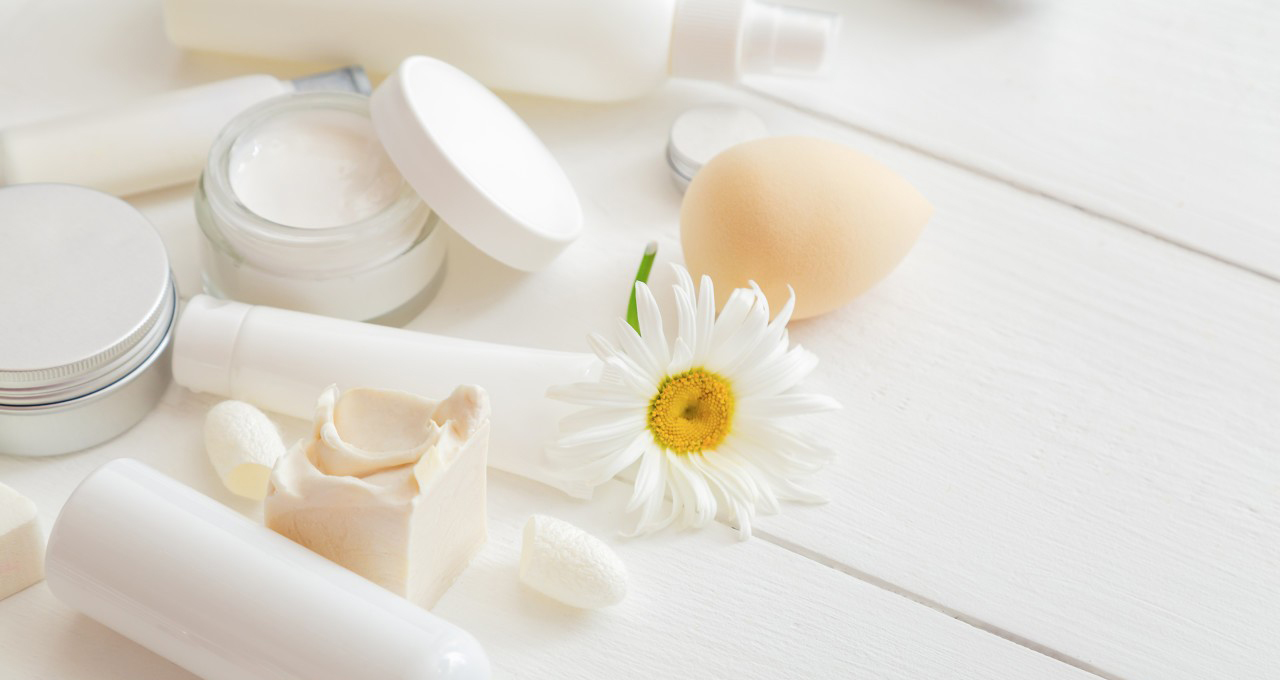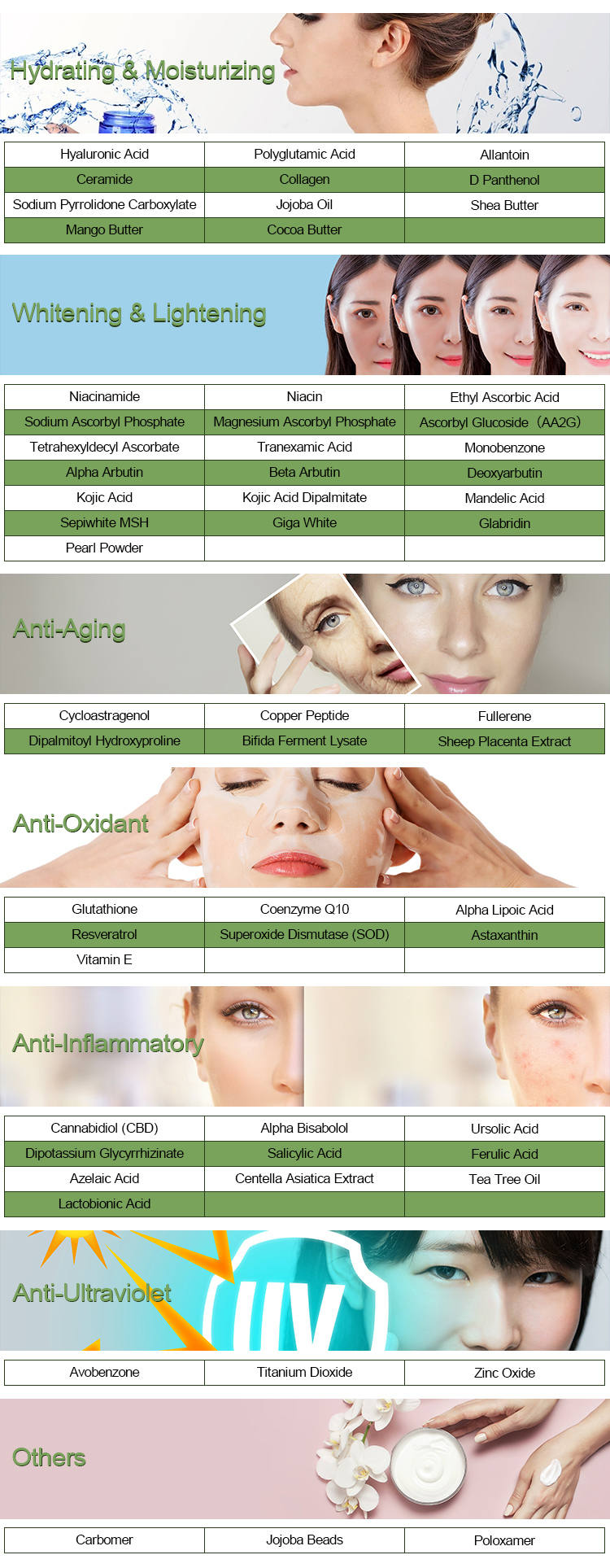Polyglutamic acid is a biodegradable polymer that consists of repeating units of the amino acid glutamic acid. Its chemical structure is similar to that of polymeric peptides, and it can be considered a polyamide because it contains amide (peptide) bonds between the glutamic acid units. Here is the basic chemical structure of polyglutamic acid:
[-(CH2-CH2-CO-Glu)-]n
In this structure:
”CH2″ represents a methylene (-CH2-) group.
”CO” represents a carbonyl group (-CO-) which is part of the amide bond.
”Glu” stands for the amino acid glutamic acid, which has a side chain that contains a carboxyl group (COOH).
Polyglutamic acid can have a varying number of repeating units, denoted by “n,” and the molecular weight can vary accordingly.

Physical properties of polyglutamic acid:
Solubility: Polyglutamic acid is highly soluble in water due to the presence of polar functional groups (carboxyl groups) in the glutamic acid units. This solubility makes it easy to formulate into solutions or gels.
Biodegradability: Polyglutamic acid is biodegradable, which means it can be broken down by natural processes, making it environmentally friendly.
Viscosity: It can be used to increase the viscosity of solutions, making it useful in applications such as cosmetics and pharmaceuticals.
Film-forming: Polyglutamic acid has film-forming properties, which means it can be used to create a protective film or barrier on the skin, making it useful in skincare products.
Hydrophilicity: The presence of carboxyl groups in polyglutamic acid imparts hydrophilic (water-attracting) properties, which can be beneficial in certain applications, such as in hydrating skincare products.
Biocompatibility: Polyglutamic acid is generally considered biocompatible, which makes it suitable for use in various medical and pharmaceutical applications.
Applications: Polyglutamic acid has a wide range of applications, including drug delivery, wound healing, tissue engineering, and as a component in cosmetic and skincare products, particularly for its moisturizing and anti-aging properties.
It’s worth noting that the specific properties of polyglutamic acid can vary depending on factors such as its molecular weight, degree of polymerization, and the presence of any modifications or functional groups added during its synthesis. These properties make it a versatile material for various industrial and biomedical applications.
Adverse effects of Polyglutamic Acid
Polyglutamic acid is a naturally occurring biopolymer made up of multiple units of the amino acid glutamic acid. It has gained popularity in the skincare and cosmetic industry due to its hydrating and moisturizing properties. While polyglutamic acid is generally considered safe for topical use, some individuals may experience adverse effects or sensitivities. Here are potential adverse effects of polyglutamic acid:
- Skin Irritation: In rare cases, some individuals may experience skin irritation, redness, itching, or burning sensations when using products containing polyglutamic acid. This could be due to hypersensitivity or an allergic reaction.
- Allergic Reactions: Although allergic reactions are rare, some people might be allergic to polyglutamic acid. Symptoms of an allergic reaction may include hives, itching, swelling, or even difficulty breathing. If you experience these symptoms, discontinue use and seek medical attention.

- Breakouts: Some individuals with sensitive or acne-prone skin might experience breakouts or clogged pores when using polyglutamic acid-based products. This could be due to the formulation of the product or individual skin reactions.
- Sensitivity to Sun: There’s limited evidence to suggest that polyglutamic acid may increase skin sensitivity to the sun. While using sunscreen is essential for everyone, it’s especially important when using skincare products containing polyglutamic acid to reduce the risk of sunburn.
- Eye Irritation: Care should be taken to avoid contact with the eyes, as polyglutamic acid can cause irritation if it comes into direct contact with the eye. If this happens, rinse the eye thoroughly with water and seek medical attention if irritation persists.
It’s important to note that adverse reactions to polyglutamic acid are relatively rare, and many people experience positive effects from using products that contain it, such as improved skin hydration and texture. If you plan to use products with polyglutamic acid, it’s a good idea to perform a patch test on a small area of your skin to check for any adverse reactions before applying it to your face or larger areas of your body. Additionally, if you have known allergies or sensitivities to skincare ingredients, consult with a dermatologist or healthcare professional before incorporating new products into your skincare routine.
